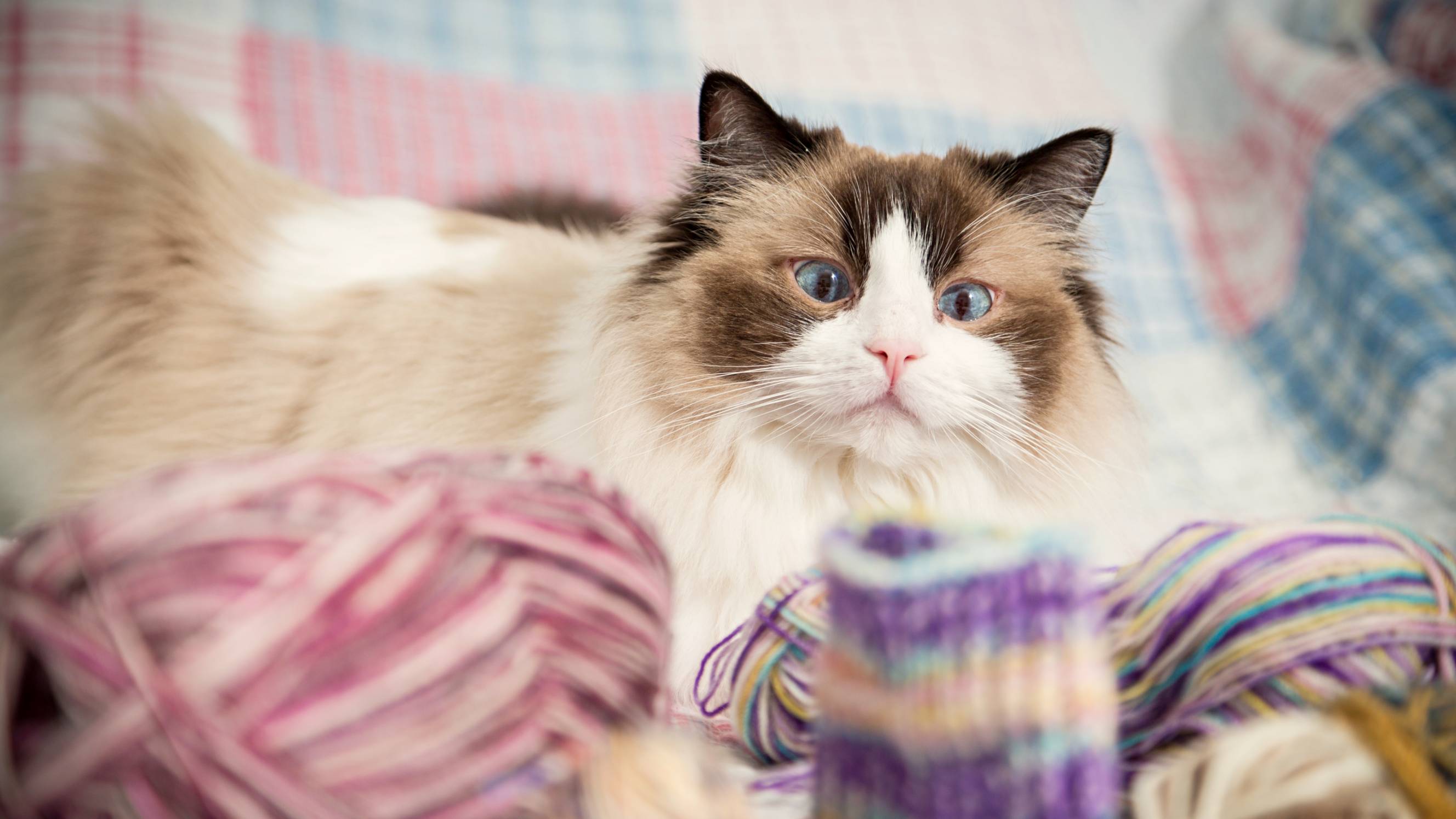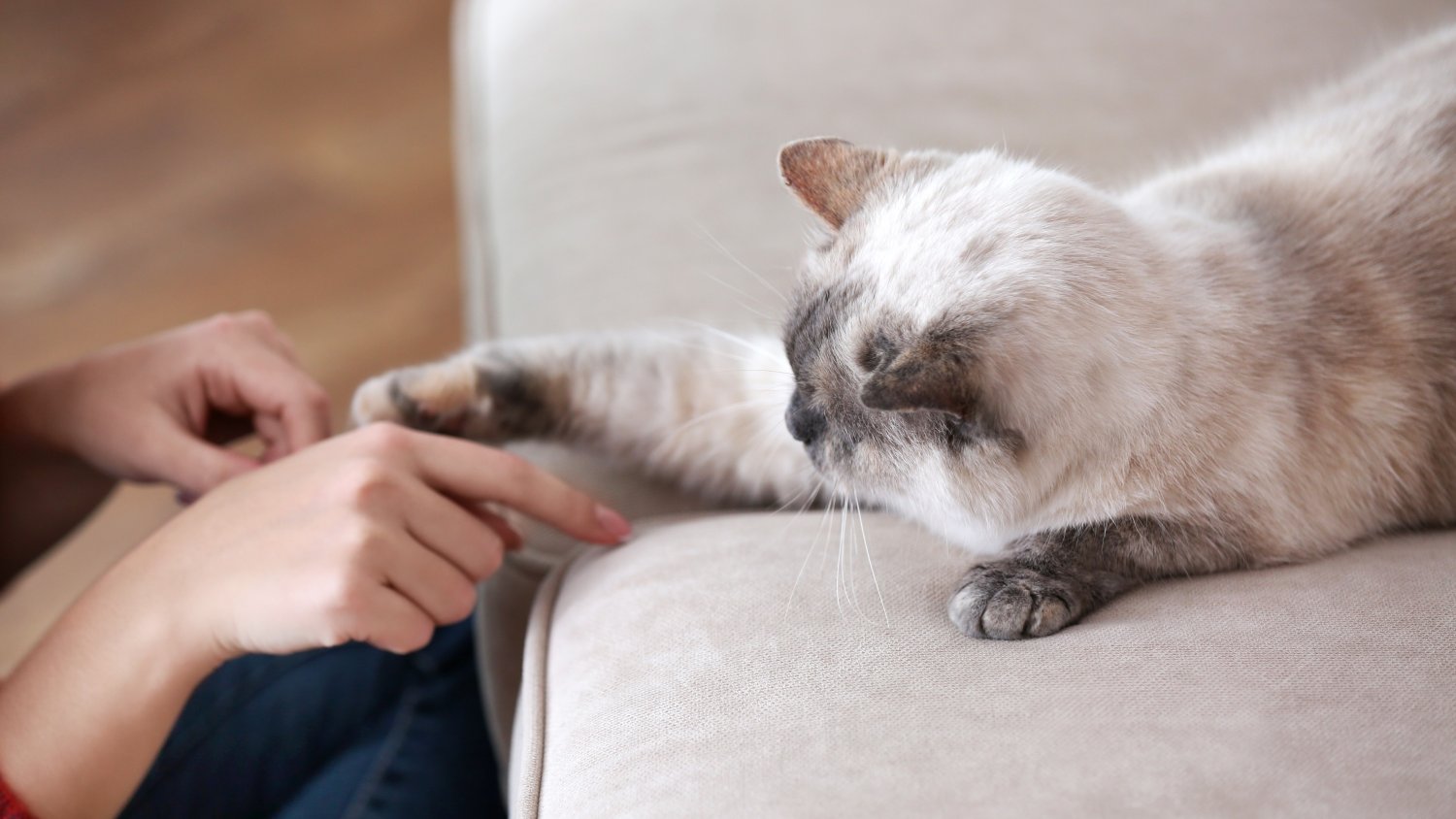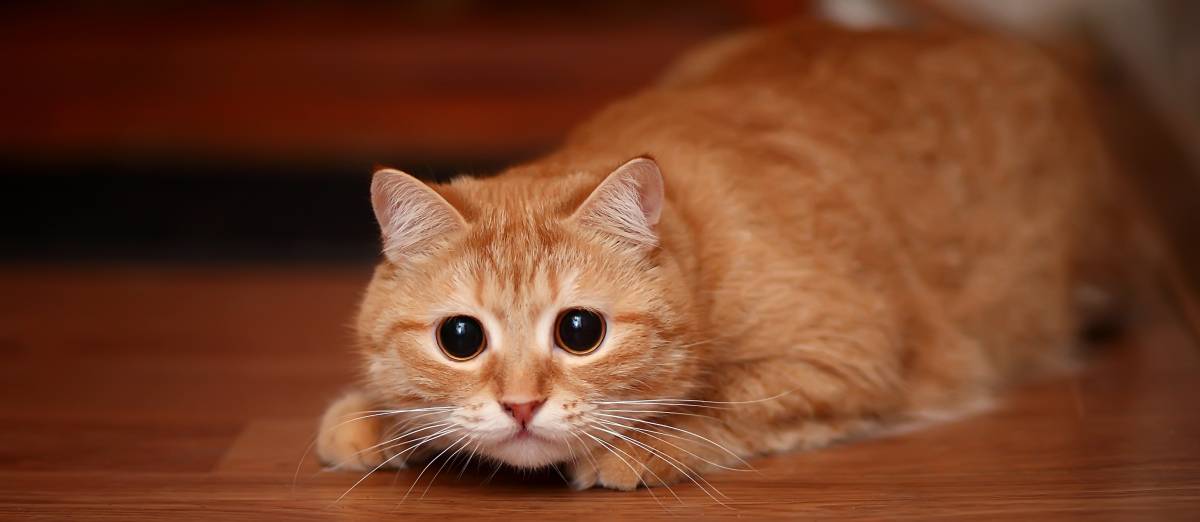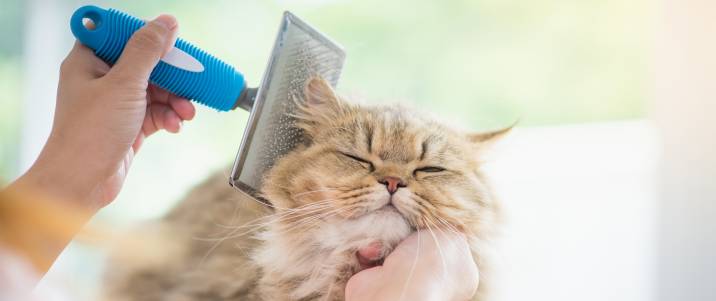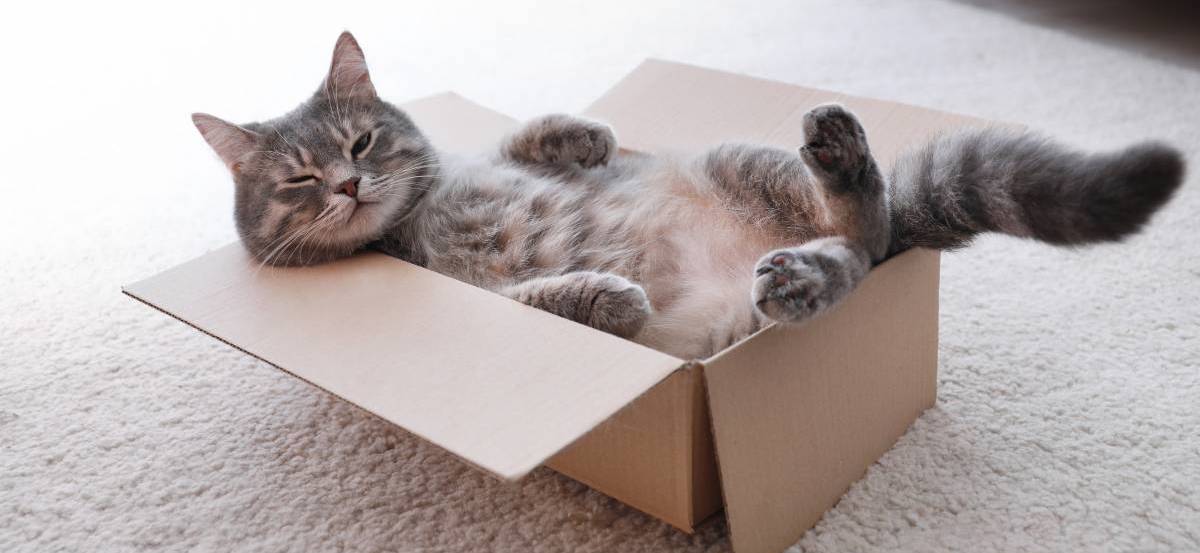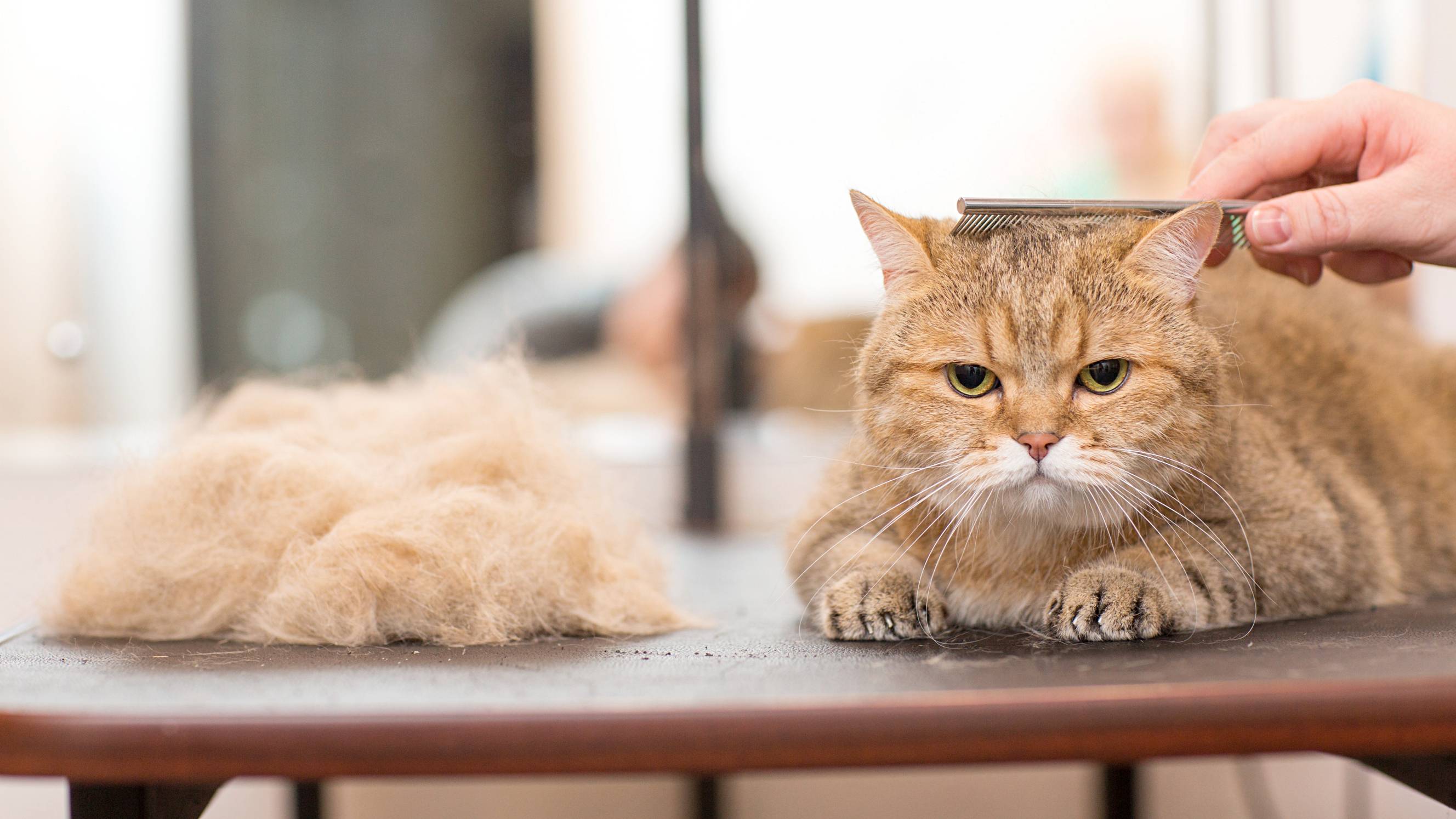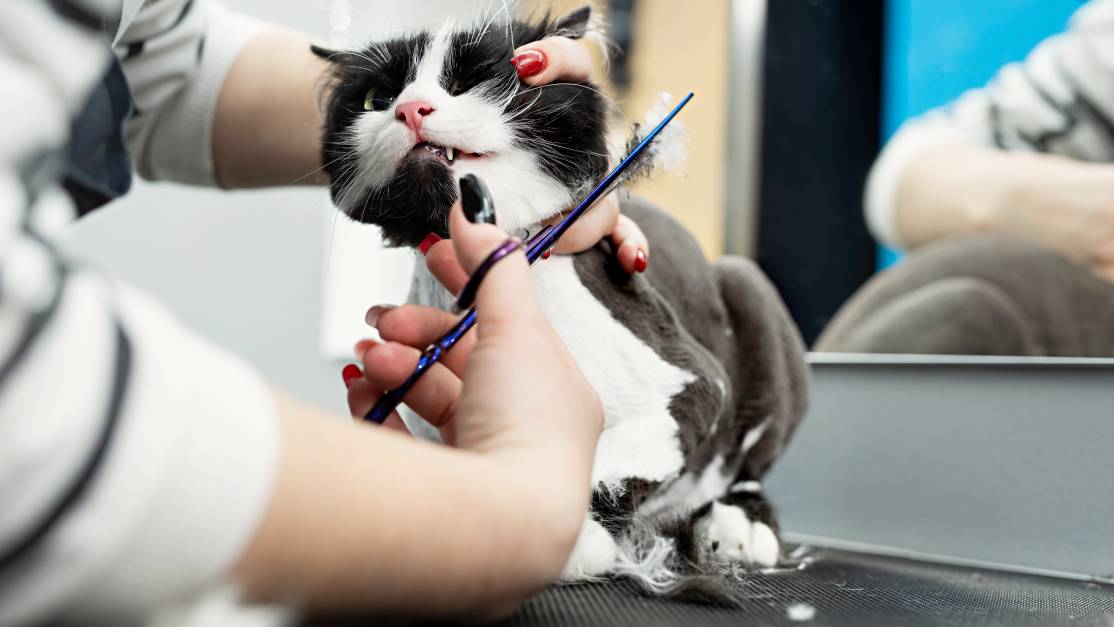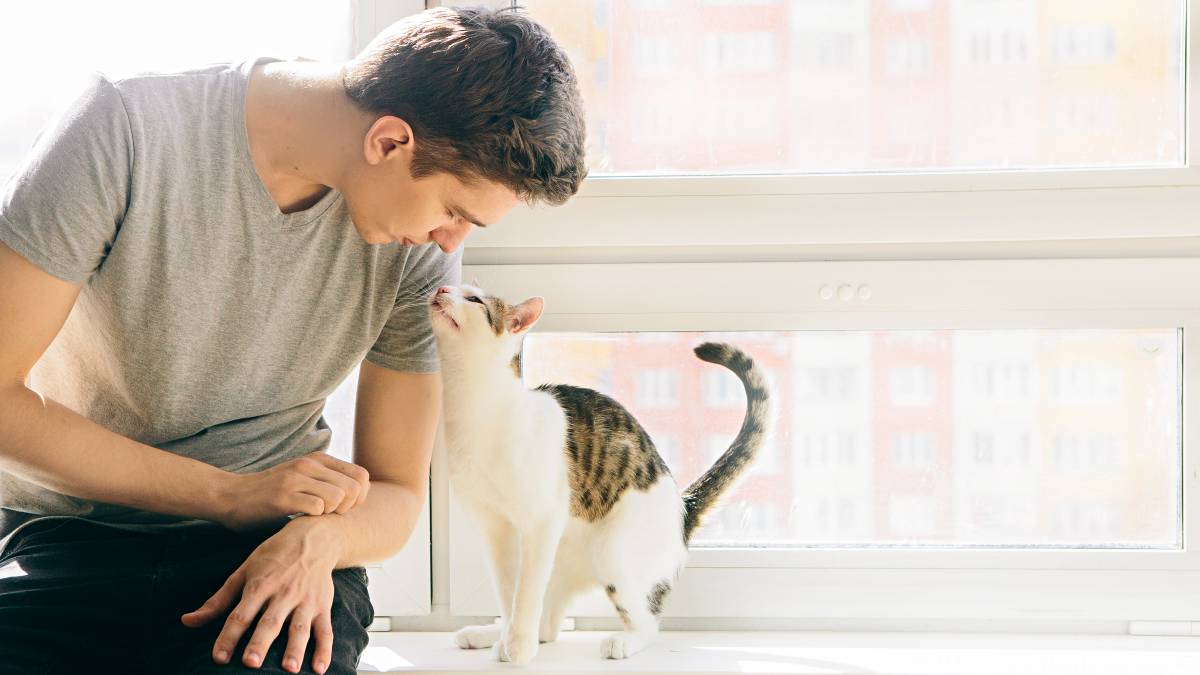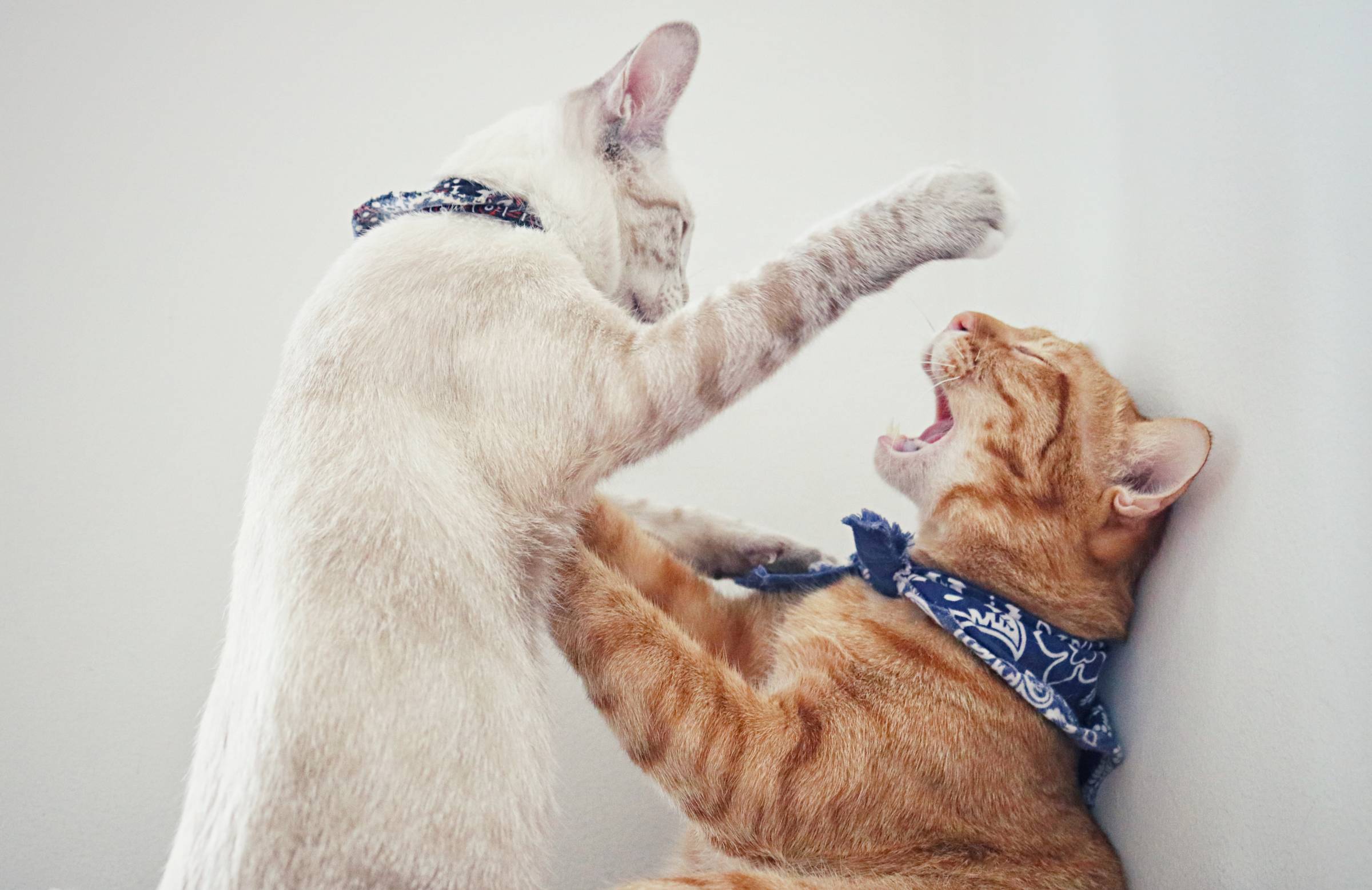
- Home/
- Comparisons/
- Cat Care/
- Male vs Female Cats
Male vs. female cats: What are their key differences for pet owners?
Comparing male and female cats based on appearance, behavior, and more
Last Updated on

Written by Joshua G.
Staff Writer
Read more about our contributor
Key Facts
- Male cats are usually physically bigger, rounder, and more structurally built than females. Also known as tomcats, they are more territorial and prone to fighting but are said to be more affectionate and sociable.
- Female cats are popular for their more slender build and delicate features. They can also be more independent, live longer than males, and reach sexual maturity earlier.
You probably know that male cats are different from their female counterparts, but how significant is it? If you are wondering too, then this male vs. female cats guide is what you are looking for.
Here, you will learn how these two genders vary in terms of cat care requirements, longevity, cat-proof difficulty, age of maturity, and behavior. Moreover, as a male cat vs. female cat primer, it will give you ideas on how to better take care of your new feline friend so that they can live happily with you and probably other pets. You can also use the information when picking a cat specialist to help you train your furry friend or a sitter if you have to travel.
Are you ready to know how male cats vary from female felines? Read on!
Does a cat’s gender affect its care requirements?

According to animal behavior science, the gender of a cat can affect the level and type of care it needs. However, you will also be surprised that some of these so-called differences between male and female cats are not entirely true.
For example, unneutered male cats are more likely to get into fights because they are more territorial. In reality, however, a male or female cat will roam, especially when it is in heat. Both are just as susceptible to life-threatening or fatal injuries, as well as serious conditions such as feline immunodeficiency virus (FIV), which they can acquire during messy battles.
Male and female cats tend to live longer than dogs or other pets. On average, a well-tended-for feline family member has a lifespan of 15 years. But cat breeds, or genetics, can partly dictate their longevity and health concerns.
Exotic-looking Bengals might look tough. However, they are extremely prone to a heart disease called hypertrophic cardiomyopathy (HCM). They can also develop other health risks. These include knee dislocation, hip dysplasia, and eye-related diseases like cataracts.
Blue-eyed, charming ragdolls can develop urinary problems like bladder stones. The female cat, in particular, might need a special urinary diet than the male cat because its urethra is closer to the bladder. This makes it easier for bacteria to travel and cause an infection or inflammation.
Should you really choose a pet cat based on its gender?
Ideally, no. Gender should not be the be-all, end-all reason for choosing either a male or female cat. This is because many factors affect the individual personality of our feline friends, not just their genetics.
For example, a 2018 study examining the relationship between cats and kids revealed that neither gender nor neuter status had any connection with the animal’s aggression or affection. This implies that female cats can be just as affectionate as male cats, contrary to what most people assume.
Granted, the idea that men are from Mars and women are from Venus can still apply to these pets. However, cat owners are better off embracing these animals for what they are and focusing more on building long-lasting bonds with them.
Although female and male cats can never be like dogs when it comes to loyalty and commitment, they can still form an emotional bond with humans.
Male vs. female cats: Which should you pick?
Nevertheless, knowledge is power when it comes to dealing with male and female cats. You will know how to better care for them, introduce them to your household (especially to kids), watch out for their health, and foster deeper relationships with them.
Read on to learn more about male cats’ vs. female cats’ pros and cons.
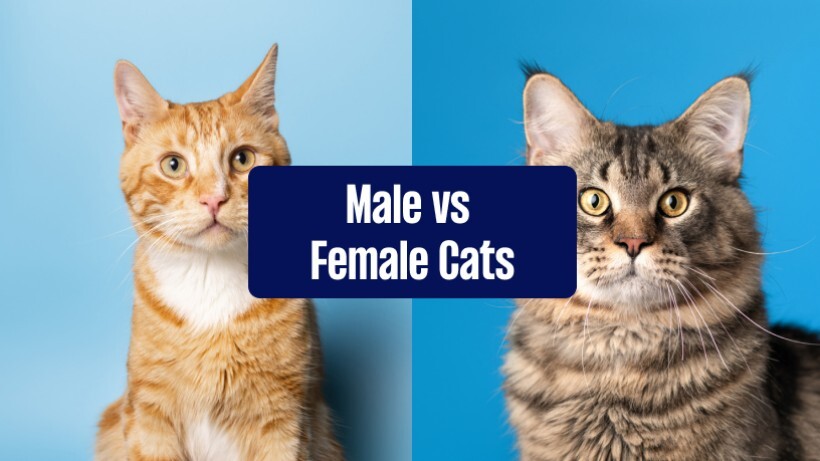
In terms of cost
When it comes to male vs. female cats as pets, the cost of spaying (sterilization of female cats) and neutering (sterilization of intact males) varies. In the United States, the average cost of removing the ovaries of girl cats can range from $300 to $500. Getting rid of the testicles is around $200 to $400.
In general, to spay is costlier than to neuter because the surgery is more complicated and prone to serious risks, such as excessive bleeding. To get the ovaries out, the doctor has to cut through the abdominal cavity. This also means that the healing process (and the medications that come with it) increases the fees.
Vaccination costs are the same whether you have male or female cats. Kittens at around 9 weeks old will receive their initial vaccine, costing between $110 and $215. The general exam can reach up to $50. You can save money by taking advantage of free vaccinations and castration from animal charities, shelters, and organizations. Rescue groups, for example, can charge less than $200.
In the long term, spayed cats will be cheaper because they are typically healthier than unneutered males or females. Spayed female cats, for example, are less likely to develop uterine infections.
In terms of size and appearance
The differences between male and female cats also extend to their size and appearance. Male cats (or tomcats) are usually bigger, tougher-looking, and sturdier. They possess a heavier bone structure and build more muscles. Meanwhile, female cats are more slender, narrower, and more delicate - like the real queens that they are.
How about male vs. female cat face features? Male cats tend to have rounder, fuller faces, as well as large jowls to protect their eyes and necks when fighting. Sometimes, their facial appearance might look bigger due to the buildup of scar tissues from, you guessed it, outdoor battles.
Interestingly, despite these variations in appearance, both can weigh similarly at between 6 and 12 pounds. They also have the same height when standing at 8 to 10 inches high. Moreover, spayed females can grow as big as neutered male cats when they lack exercise or stimulation. The procedure can cause hormonal changes that slow down their metabolism.
Overall, their appearance and size can significantly impact the cost of cat grooming. Of course, you will spend more the bigger the feline is. It can also be more expensive when your furry baby has a couple of injuries and matted hair acquired from his outside trips.
You can also tell male and female cats apart by their coat color, which is influenced by their genome. Almost always, orange cats are male, while calico and tortoiseshell cats, with fur that can have at least two colors, are female.
In terms of personality or behavior

Probably one of the most talked-about (and debated) discussions about these animals is their behavior. When researching male vs. female cat personality, you might encounter pressing questions, such as “Are female cats meaner?” or “Are male cats more affectionate?”
To be clear, both male and female cats have retained many traits from their ancestors. These include hunting, scratch marking, or tactile greeting (e.g., rubbing against each other). Even a domestic cat exhibits these behaviors. For example, it likes to jump on tall chairs or furniture to mimic climbing on trees, waiting for its prey.
However, females tend to be more independent, which might come off as rude or mean to humans. A male cat might feel aggressive, no thanks to its testosterone, which makes it seem more territorial and fight-ready.
But do you know that neutered male cats tend to be more home buddies? They are also less likely to hiss, bite, or mark their territory with piss. Spayed female cats can also be more affectionate and friendlier to other cats.
Remember, though, that this is a crude analysis of a cat’s behavior toward one another and humans. Factors such as their stress level, previous experiences, and illness can also shape their personality in the short or long term.
In terms of sexual maturity and lifespan
Male and female cats reach sexual maturity at different ages. Female cats can already hit puberty and experience their first estrus or heat cycle when they are 4 to 5 months old. On the other hand, male cats sexually mature later, at around 7 months old. By then, they are permanently ready to mate unless they are neutered.
Unlike what most think, only females become in heat. They can go through several cycles in one breeding season, which depends on the daylight hours, and mate with different males. For this reason, it is highly possible that their litter can have different fathers.
To attract male cats, females exhibit certain behaviors, such as lifting their butts higher in the air or vocalizing more than usual. Indoor females also show these traits unless they are spayed or become pregnant.
How about longevity? Females usually outlive the males, but the unneutered males have shorter average lifespans than neutered ones.
In terms of catproofing difficulty
Cat pee stinks, but if we talk about male vs. female cat urine smell, you might find that of tomcats to be worse because they secrete more hormones and pheromones. The males are also more prone to urine marking and scratching furniture and couches, especially the unneutered cats, since they are more territorial.
Female cats seem to use the litter box more consistently, but they can be territorial when present with new humans or animals. And they can end up marking their “owned” spaces with pee.
The good news is that with lots of patience, you can train a cat or hire an expert to do it for you. Also, if you notice sudden changes in their usual behaviors, like peeing outside the box when they usually don’t, you might want to investigate. This might be a sign that the pet is ill or stressed.
Care for your cat well with Airtasker
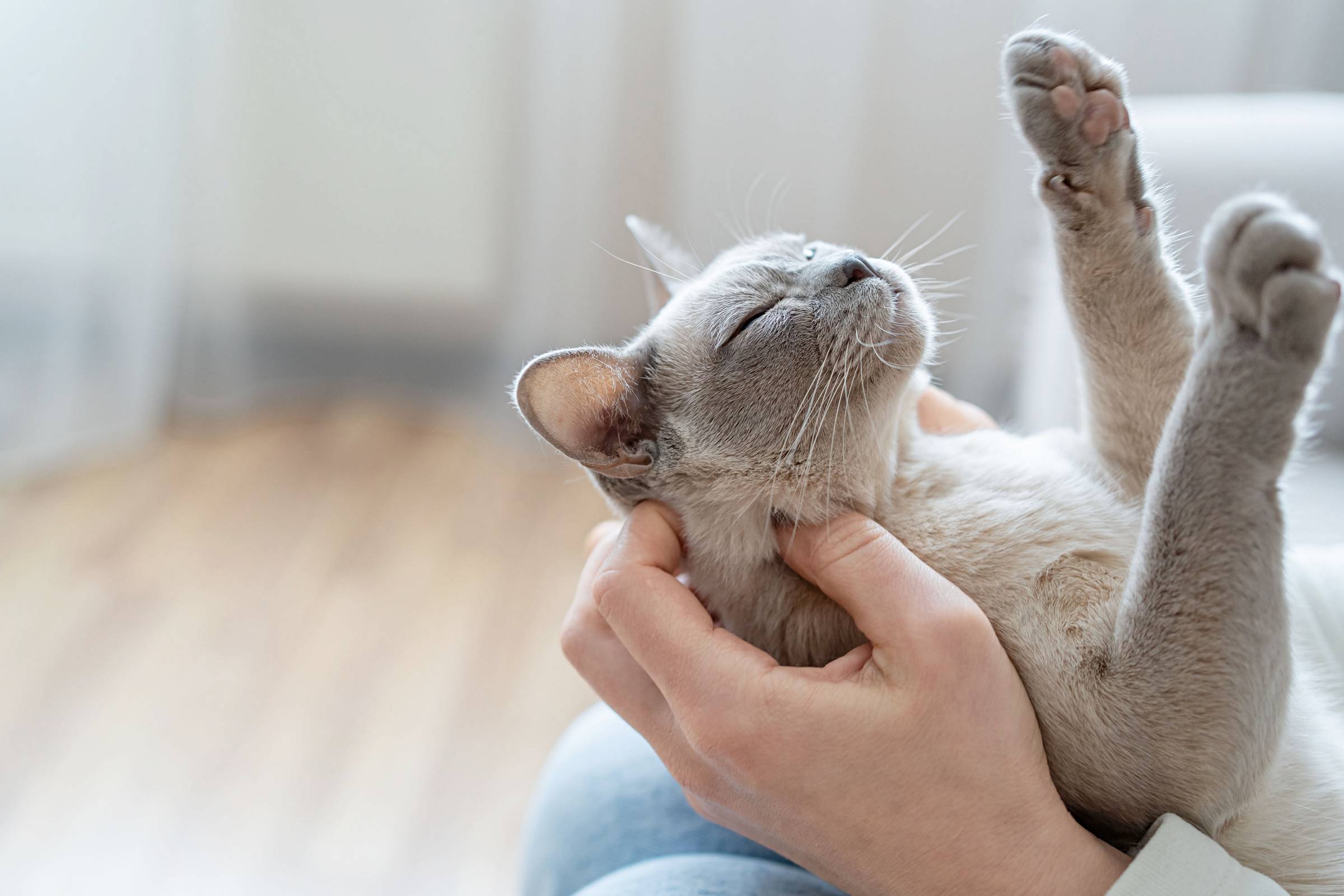
The bottom line is that a cat’s gender doesn’t significantly matter if you want a good pet. Both male and female cats deserve to be loved and taken care of, especially when you are out at home. They might not be as showy as dogs, but they can also feel lonely or depressed if they are used to your company.
As a pet parent, it pays to find credible cat sitters and experts who can help you tend to the needs of your furry companions. Airtasker makes the process quicker in three easy steps:
Create a free account.
Post a task with complete details. These include your cat sitting budget, the type of service you are looking for, your general location, as well as your cat’s breed and personality.
Wait for proposals and quotes from local cat specialists, and pick the one you like!
In the end, let us revisit this question, “Are male or female cats better?” Comparing them will reveal their stark differences, but neither is superior or more adoptable. They can be like humans with distinct personalities. Some might need more care, but you can rely on Airtasker to get you the help you need.
Learn more about our contributors

Written by Joshua G.
Staff Writer
Josh is a meticulous wordsmith with multiple hobbies, ranging from reading fiction and playing classical instruments to caring for his cats and tending to his grandmother’s garden. His bachelor’s degree in language and literature enables him to cover various topics comprehensively without word salad. He loves creating practical guides, keen to enlighten Airtasker readers and help them complete their to-do lists.
Male vs. female cats
|
Male Cats |
Female Cats |
|
|---|---|---|
|
Cost |
Cheaper to neuter |
Pricier to spay |
|
Size & Appearance |
Rounder, bigger, and more muscular |
Narrower, more slender, and more delicate |
|
Personality |
More territorial and sociable |
More independent |
|
Sexual Maturity & Lifespan |
Reach sexual maturity at 7 months |
Hit puberty at 5 months and live longer than male cats |
|
Catproofing Difficulty |
More prone to urine marking and scratching of furniture |
Use the litter box more frequently |
FAQs on male and female cats
Unlike humans, male and female cats do not have prominent genitalia until they reach around 14 weeks old. But you can look for signs. For example, male kittens might have more fur around the anus where the scrotum will be, while females might feature a vertical slit below the anus.
Contrary to what most people believe, male and female cats can pee in the house. Female felines do it to mark their territory, signal to the males they are ready to mate, or tell humans they are not feeling well.
Yes, they can be, although their aggression is usually directed toward other cats. Female cats can exhibit the same behavior.
Find cat care services, fast
Post a task
Related articles
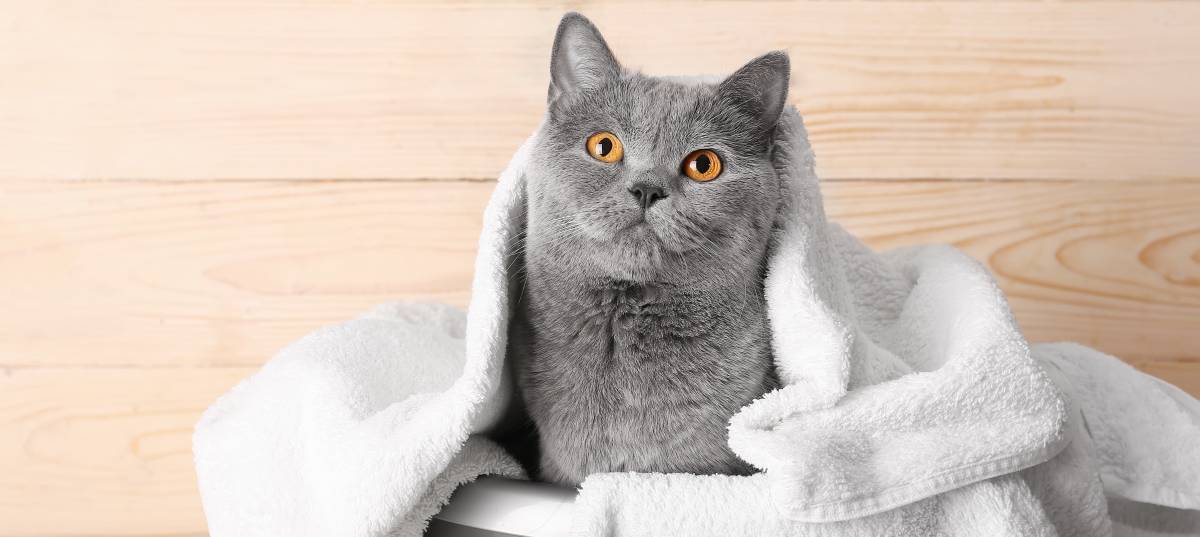
How to groom a cat at home
Read more
Related price guides

